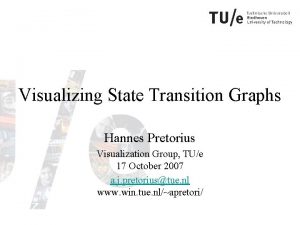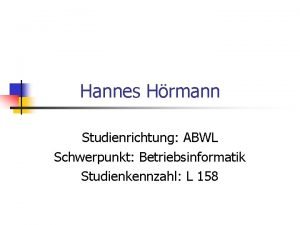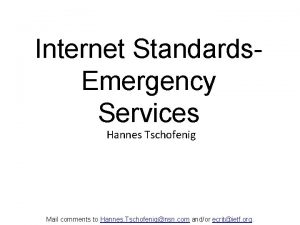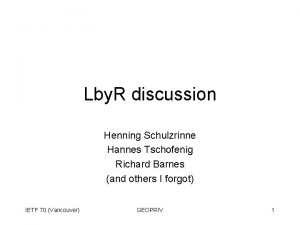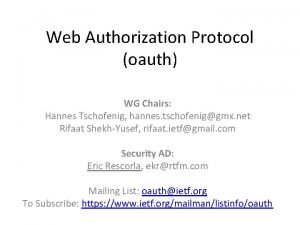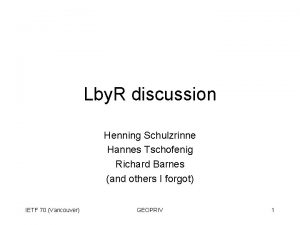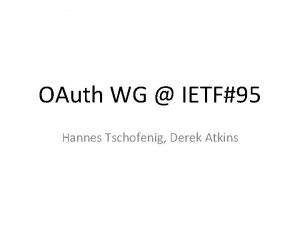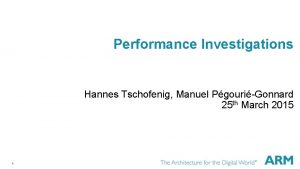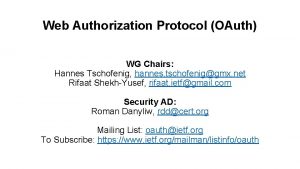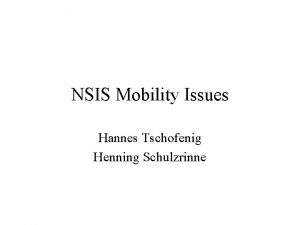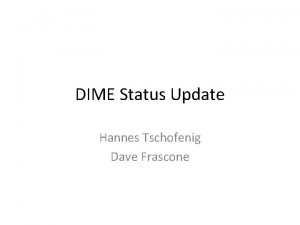Preliminary Gap Analysis drafttschofenigaceoverview Hannes Tschofenig Goal of













- Slides: 13

(Preliminary) Gap Analysis <draft-tschofenig-ace-overview> Hannes Tschofenig

Goal of this Presentation • The IETF has developed a number of security technologies that are applicable to the presented use cases. • Is there possibility for re-use? • Go through a few selected technologies to identify gaps.

Non-Goals • Design the solution in this room. Don’t get hung up on the details.

Tutorials • Kerberos – Slides – Recording • OAuth – Slides – Recording • “PKI/Certificate Model” – Slides – Recording • AAA – Slides: http: //www. ietf. org/edu/tutorials/IETF 89 -Tutorial-AAA. pdf Note: . arf files are Webex recordings. You might need to use a Webex player. See http: //www. webex. com/play-webex-recording. html

ABFAB +--------+ | Authorization | | Server | | | +-^-----^--+ * EAP o RADIUS * o +-------+ +-v-----v--+ | | | Client | EAP/EAP Method | Resource | | |<********>| Server | | | GSS-API | |<-------->| | Application | | Data | |<========>| | +-------+ +--------+

Gaps • Real-time interaction between the AAA server and the resource server. • ABFAB architecture uses layering of EAP within the GSS-API, which adds additional overhead. • A binding for the transport of EAP payloads in Co. AP, for example, does not exist. • No unified authorization policy language has been defined for the AAA/EAP architecture. Instead, RADIUS attributes carry information about access control decisions.

Kerberos +--------+ | Authorization | | Server | +--------+ ^ / Request / / Ticket / /Ticket / /{SK}C-KDC / / / / v +-----------+ | | Ticket + Authenticator | Resource | | Client |-------------->| Server | | |<==============>| | +------+ Application Data +------+

Gaps • Each ticket is only usable for a single service (intentionally). • Kerberos uses ASN. 1 for encoding of the ticket and various messages. • No access control policy language has been standardized. – Standardization in KITTEN in progress. – Proprietary policies are, however, used in real-world deployments. • A Co. AP binding for the KRB_PRIV and the KRB_SAFE message exchanges not been defined. • Ticket and Authenticator rely on symmetric key only.

OAuth +-------+ |Authorization| |Server | +-------+ ^ / Request / / Access / / Token / /Access Token / / / / O / v /| +-----------+ | -----> | | Access Token | Resource | / <----- | Client |--------->| Server | Resource | |<========>| | Owner +------+ Application Data +------+

Gaps • Support for cross-realm interaction has not been standardized. • A binding for Co. AP does not exist for the client to authorization server nor for the client to resource server. • The OAuth architecture does not standardize the authentication procedure of the resource owner to the authorization server itself. • Profile is needed to navigate through the options (since OAuth provides a lot of flexibility). • Co. AP/DTLS bindings currently not defined.

“PKI/Certificate Model” +-------+ |Certification| | Authority | +-------+ ^ / Request / / Short / / Lived / /Short Lived Cert / / Certificate / / / / v +-----------+ | | DTLS with certificate | | or app layer msg w/cert |Resource | | Client |-------------->|Server | | |<==============>| | +------+ Application Data +------+

Gaps • The certificate format and the PKI management protocols use ASN. 1. • No UDP or Co. AP transport is defined for CMC/CMP/SCEP. For PKCS#10 no transport is defined at all. • Asymmetric cryptography is computationally more expensive than symmetric cryptography but offers additional security benefits.

Conclusion • … need to agree on the requirements first. – There may also be other relevant security technologies as well. • Our preliminary analysis makes us believe that some work is needed to get these security protocols to work on constrained devices. • Need a venue to have a dialog.
